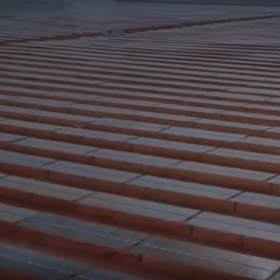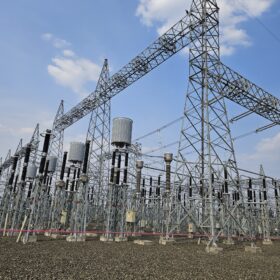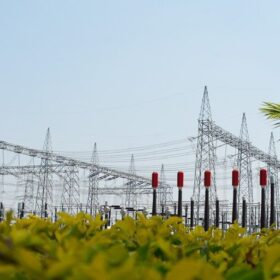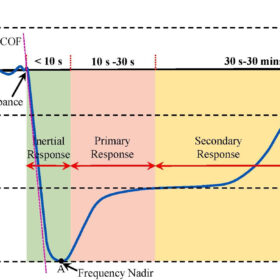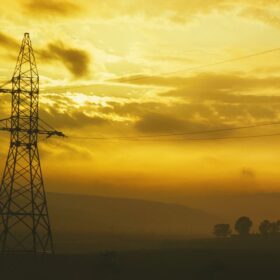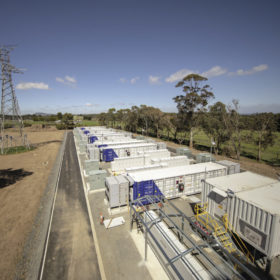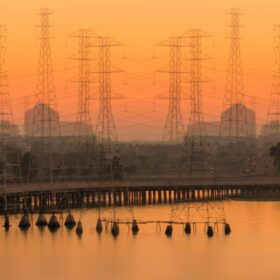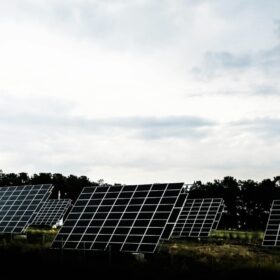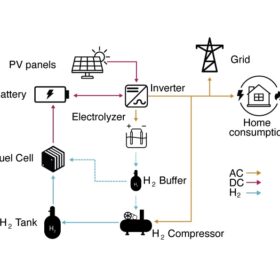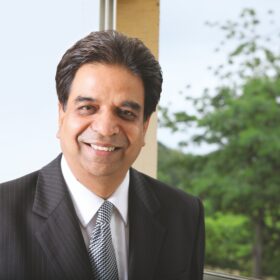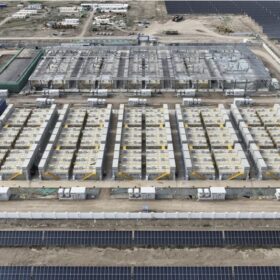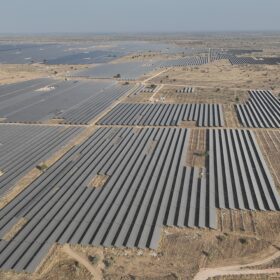Pathway to a green transition
In this article for pv magazine, Naresh Mansukhani, chief executive officer, Juniper Green Energy, writes about the barriers to India’s transition to green energy and suggests the way forward.
IndiGrid partners BII, Norfund, and Techno Electric to develop transmission projects in India
British International Investment and Norfund will invest in IndiGrid’s three inter-state transmission system projects currently under-construction. These projects are expected to support evacuation of 6 GW of renewable energy in the states of Madhya Pradesh and Maharashtra. Techno will co-develop two of these projects.
Adani Energy Solutions raises $1 billion via QIP route
Adani Energy Solutions Ltd will utilize the proceeds for building the bulk evacuation corridors for renewable power, smart metering business, debt repayment, and general corporate purposes.
New battery sizing approach for virtual synchronous generators, control-based grid-forming inverters
A group of researchers in Australia has outlined a new methodology to determine the minimum power rating of energy storage systems (ESSs) used for emergency under-frequency response. The ESS size must be calculated to maintain the frequency within the standard operating range.
Can the grid cope with the surge in electricity demand?
The grid needs to modernize to meet a booming demand for electricity, which is only predicted to grow even further in coming years. IEC Standards are key to help with the transition.
India can leverage its solar and storage edge to avoid power shortages
Large-scale solar + storage deployment is the main option left to avoid power shortages, as they can be deployed much faster than new thermal and hydro assets. Recent gigawatt-scale solar + storage auction results, with a record low price of INR 3.4/kWh, show that such deployment will be highly economical, says a new study from the University of California’s India Energy and Climate Center.
Future-proofing utilities: Strategies for navigating technological disruption in India
The adoption of smart technologies is reshaping the utilities industry, with a particular focus on smart grids. Smart grids leverage advanced sensors, Internet of Things (IoT) devices, and real-time data analytics to transform how electricity is generated, distributed, and consumed.
Reactive power management key to advancing grid stability
In its latest monthly column for pv magazine, IEA-PVPS provides a comprehensive overview of the state-of-the-art practices, best practices, and recommendations for managing reactive power amidst the growing integration of distributed energy resources (DERs). The article describes the regulatory frameworks and practical applications, underscoring the essential role of reactive power management in maintaining a stable and efficient power grid.
SolarPower Europe calls for stronger cybersecurity measures
SolarPower Europe argues in a new position paper that regulators and policymakers should create a sector-specific strategy to address the growing threat of cyberattacks.
New model shows how to power homes exclusively with hydrogen, solar, batteries
Researchers in Spain has found that combining PV power generation with fuel cells and battery storage may help homes considerably reduce their levelized cost of energy. Their simulation reportedly demonstrated homes may also become completely self-sufficient.
